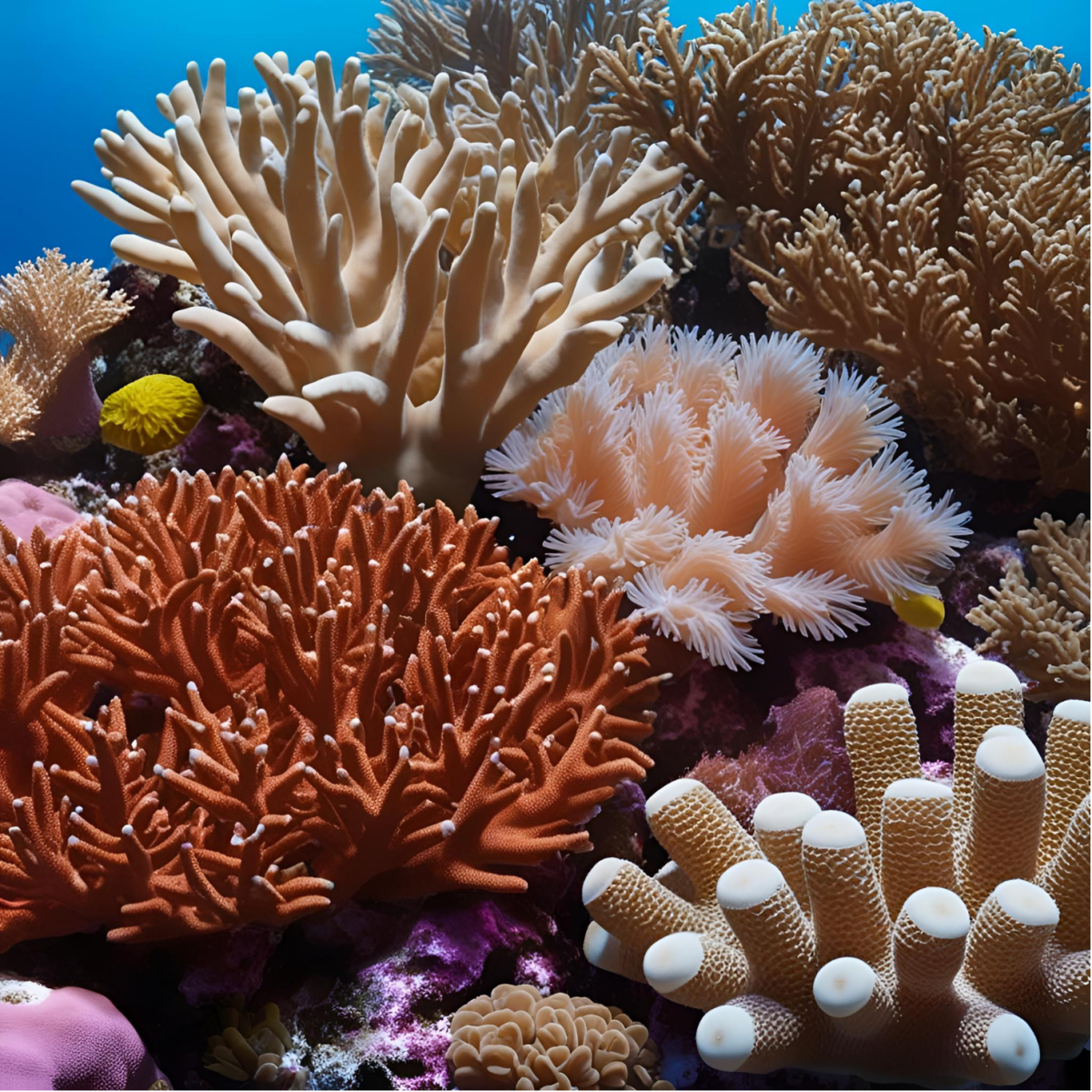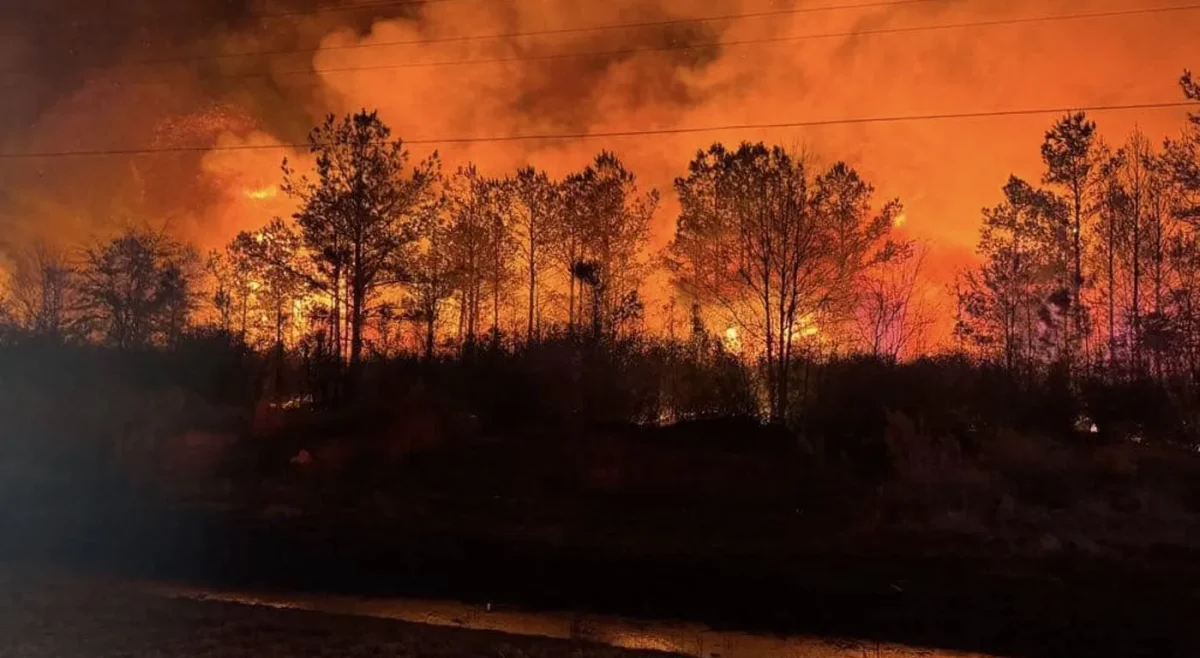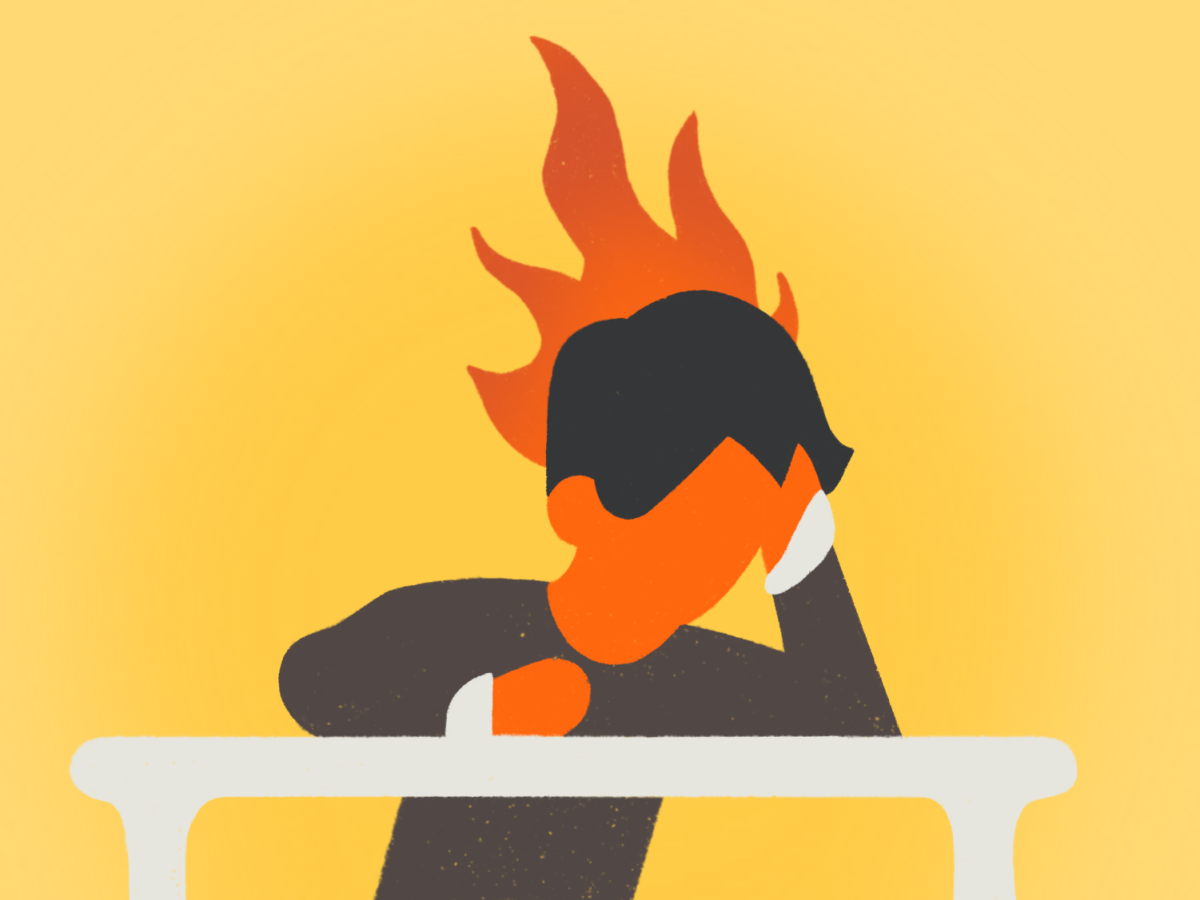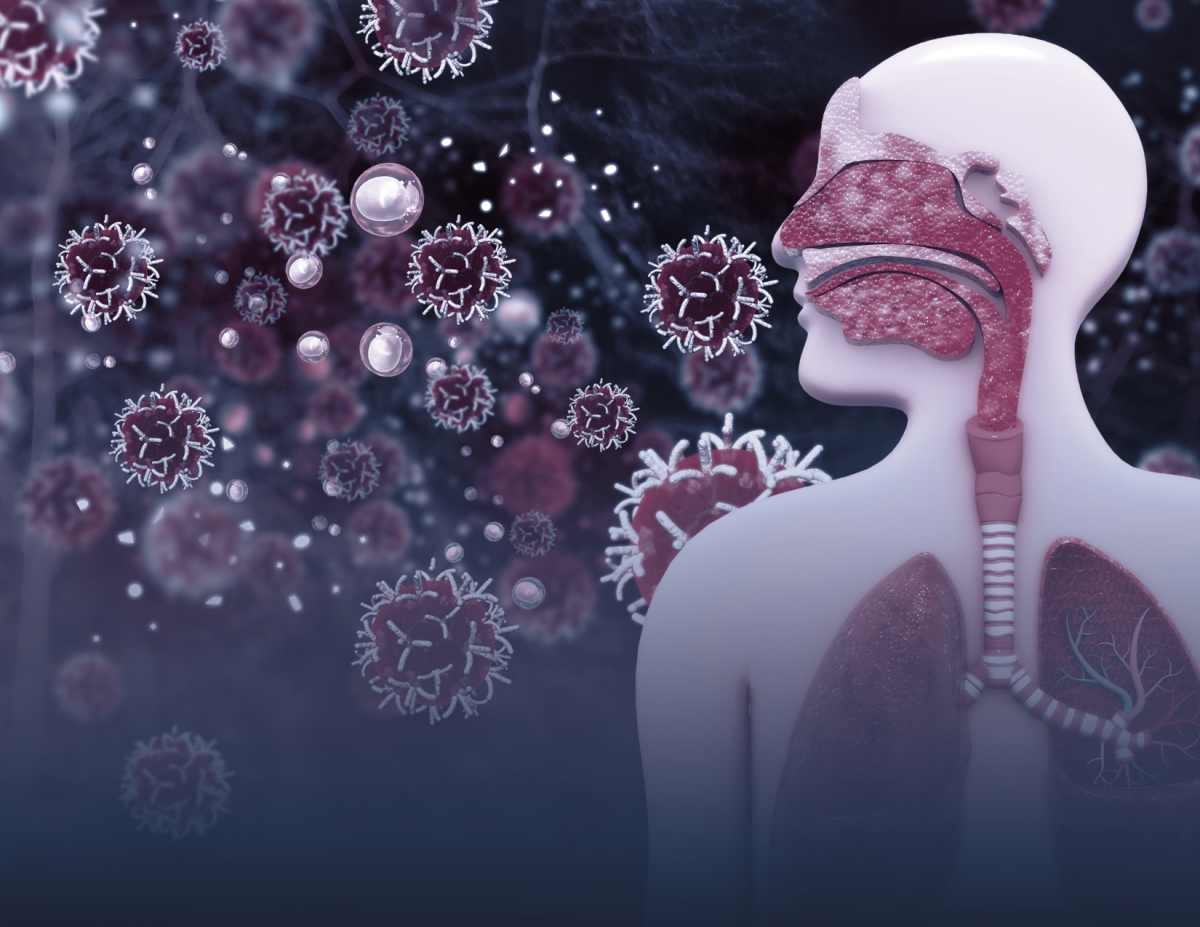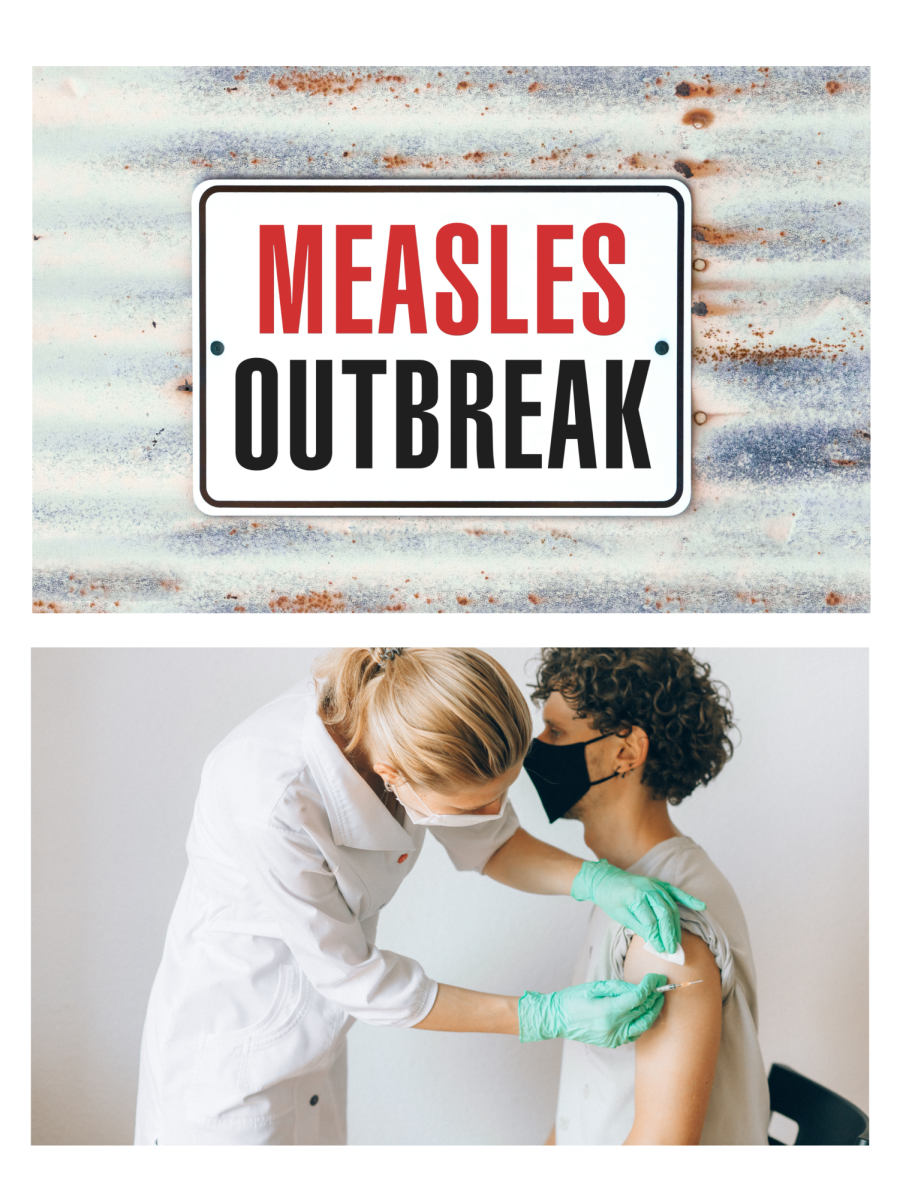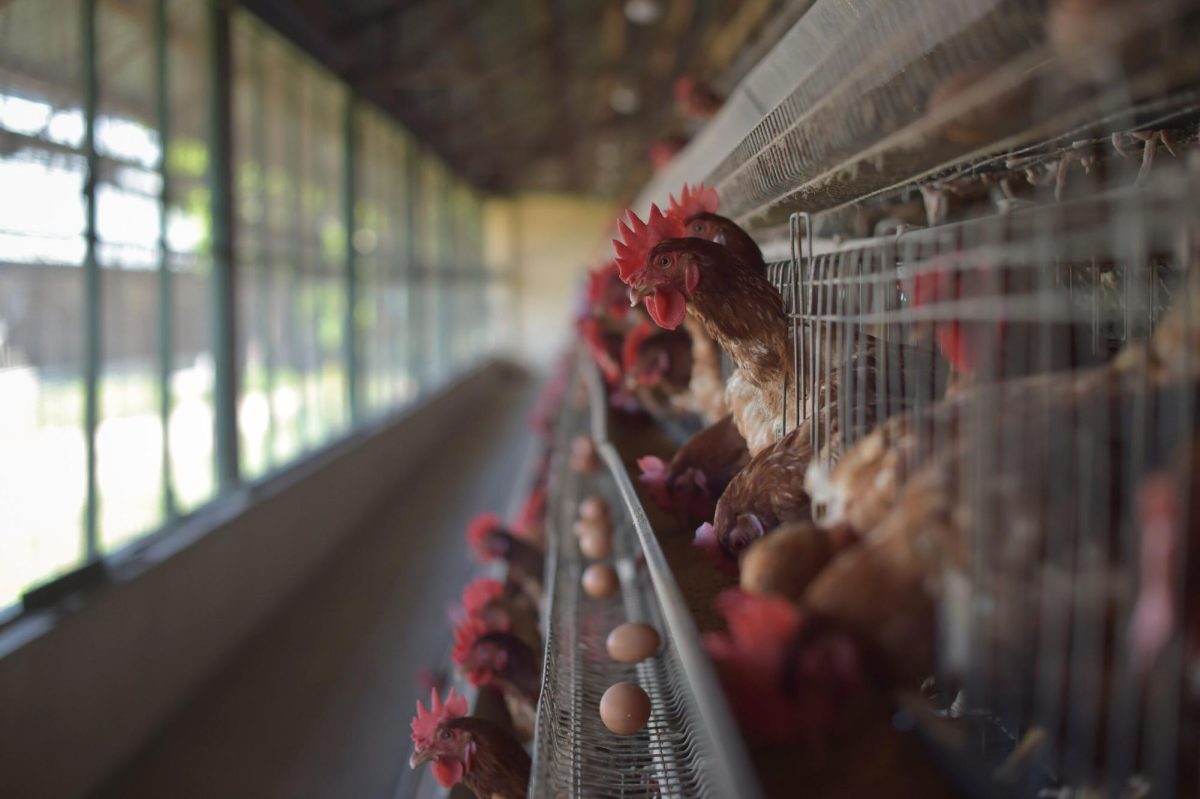In today’s world, threats like a warming planet and the mass pollution of land, sea, and air, many people are happily stepping up to combat these problems. However, how effective and efficient are these individual actions? What additional steps can the average citizen pursue? First, it’s crucial to be aware of how the products we use daily can negatively impact the environment and our health. It’s time to inspect the list of culprits and learn what we can do to make better choices next time we hit the store! Get ready to be surprised and entertained by the secrets about to be revealed.
Paper Coffee Cups:
There is a common misconception about paper coffee cups. Many people believe that paper cups are automatically safe for the environment because they come from paper; however, this is untrue.
Paper cups are lined with a thin layer of wax or plastic so the paper doesn’t absorb the contents of your drink. Paper cups end up in landfills because many recycling mills can not filter the plastic and wax from the cups. Another reason paper cups end up in landfills is because coffee or other liquids contaminate the cup previously contained.
Some eco-friendly alternatives to paper cups are bamboo cups and reusable travel mugs. The “Good Cup” is another eco-friendly replacement. According to the Fast Company, “The Good Cup uses a bio-based version called BioPBS certified as biodegradable in home compost bins. The cup has also been certified as recyclable.”
https://sustainability.tufts.edu/wp-content/uploads/Comparativelifecyclecosts.pdf
Chopsticks:
Many chopsticks become discarded after one use. Millions of trees are being cut down yearly for the production of disposable chopsticks, making it an unsustainable practice throughout the globe.
Bamboo and wood are the most common materials used to make disposable chopsticks, later being thrown away and ending up in landfills. As the wasted wood sits in dumpsites, the carbon stored in the tree’s wood gets released into the atmosphere.
Despite China’s afforestation and reforestation measures, the country’s production of chopsticks, the highest in the world, has caused significant damage to its natural forestry. UBC.ca states that China provided one functional solution to this problem in 2006. China’s government put a 5 percent tax rate on disposable chopsticks to drive consumers towards more sustainable options; therefore, fewer trees get chopped down for production.
An eco-conscious substitute for disposable chopsticks would be reusable chopsticks crafted from materials such as metal, porcelain, plastic, or wood.
Wet wipes:
Did you know that the harmless wet wipes we use daily are causing significant environmental harm?
As non-biodegradable wet wipes get flushed down a toilet, they create blockages, also known as cat brags, in sewers and wash up on beaches in huge volumes. When wipes enter the food chain, it negatively impacts animals. Wet wipes contain microplastic that is released when ingested by an animal, which often leads to starvation and the disruption of ecosystems. Although flushable wipes exist, Sunshine Plumbing and Gas states that plumbers often caution homeowners against flushing “flushable” wipes due to dissolvability and lax testing. Most “flushable” wet wipes don’t break down like toilet paper, and if flushed in large quantities, it can cost you a lot of money to replace your clogged pipes.
Some eco-friendly alternatives to wet wipes include biodegradable wet wipes and reusable cloth wipes. Although you can flush most biodegradable wipes, throwing them into a waste bin is a good rule of thumb.
Cigarette waste:
A staggering 40 percent of litter is cigarette waste left behind by careless smokers who show no regard for the environment. Not only is smoking bad for the environment, but terrible for your health. Based on ash.org, tobacco kills up to half of its users; this equals about 8 million deaths per year globally and is currently the world’s most massive cause of preventable deaths.
Riot Liquid indicates that about 95 percent of cigarette filters contain plastic material, commonly compared to cotton because of the white fluffy look. The filter is non-biodegradable and can remain toxic for up to ten years. When heavy metals and chemicals seep into soil and water sources, they pose significant threats to animals and plants.
Cigarettes are also a cause of house fires. Smoking Fire Safety states, “The 2021 national estimates for residential building smoking fires and losses show that there were 7,800 fires, 275 deaths, 750 injuries, and $361,500,000 in dollar loss”.
Luckily, there are many ways that we can reduce cigarette litter and keep ourselves and those around us safe. Be sure to put your cigarette in an ashtray or sand and smoke outside. One way we can avoid house fires and protect wildlife is to dispose of cigarette butts properly and ensure that they do not ignite any fires.
Plastic Bags:
Plastic bags are a common item in our daily lives. They serve many purposes, including containing trash, carrying groceries, packing lunches, and opening packages. Although we use them often, bags can be one of the most damaging sources of pollution.
Around 1 trillion non-biodegradable plastic bags get discarded each year. LaCounty.gov states that most plastic bags end up in landfills, which can take up to 300 years to break down through photodegradation. Photodegradation is when something decomposes by light, in this case, sunlight, over time. Recycling plastic bags is a challenging and expensive process; the curbside recycling bin won’t be able to accept the hazardous bags.
Many plastic bags end up in the ocean, negatively affecting marine life. Sea turtles and other marine mammals often mistake plastic bags floating in the ocean for jellyfish, a familiar part of their diet.
Source – heresyourplastic.org (white paper)






